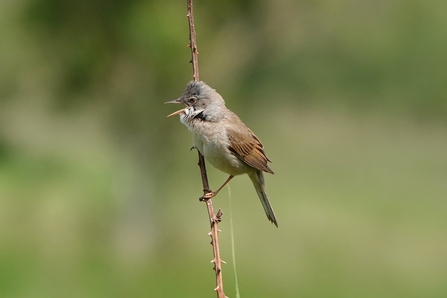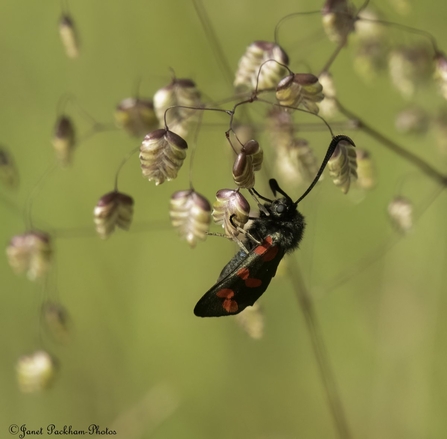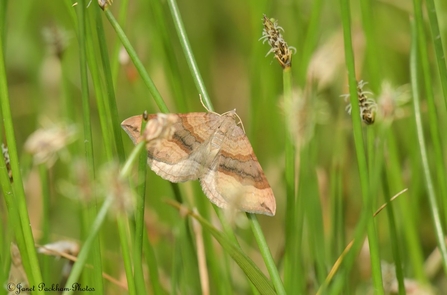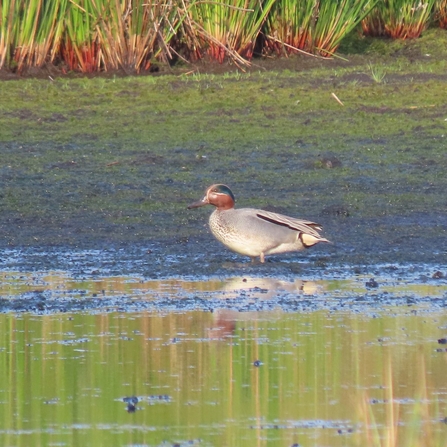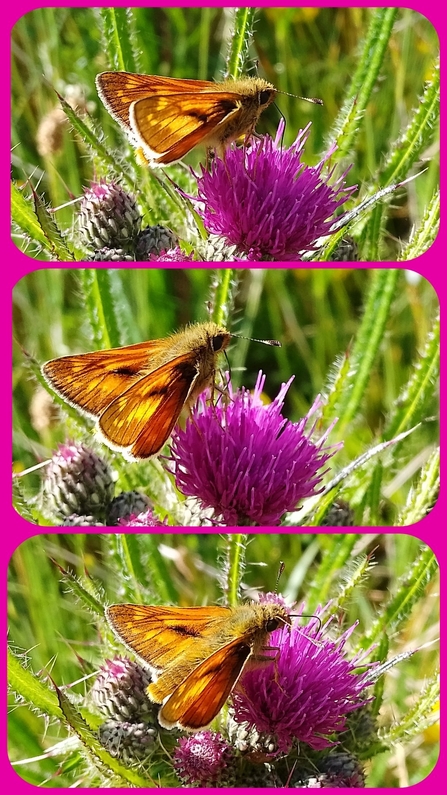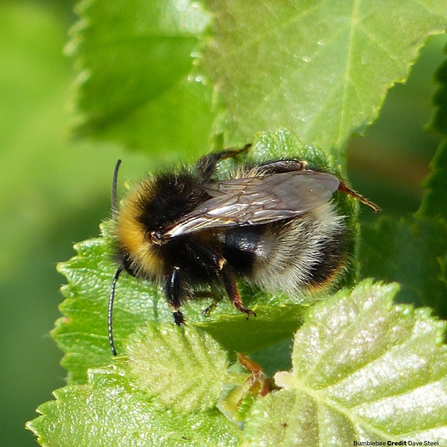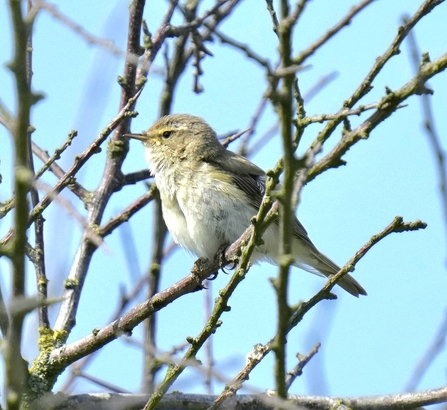
Chiffchaff at Lunt. Credit Kevin Hall
Lunt Meadows
Chiffchaff
Kevin spotted this chiffchaff singing it's heart out atop the trees at our Lunt Meadows nature reserve.
So-called because they sing out a loud, simple 'chiff chaff chiff chaff' song. Most migrate here from Africa, and are our earliest summer visitors. Often mistaken for willow warblers, the best way to identify them is by it's song, and leg colour; chiffchaffs have dark grey legs whereas willow warblers have pale legs.


